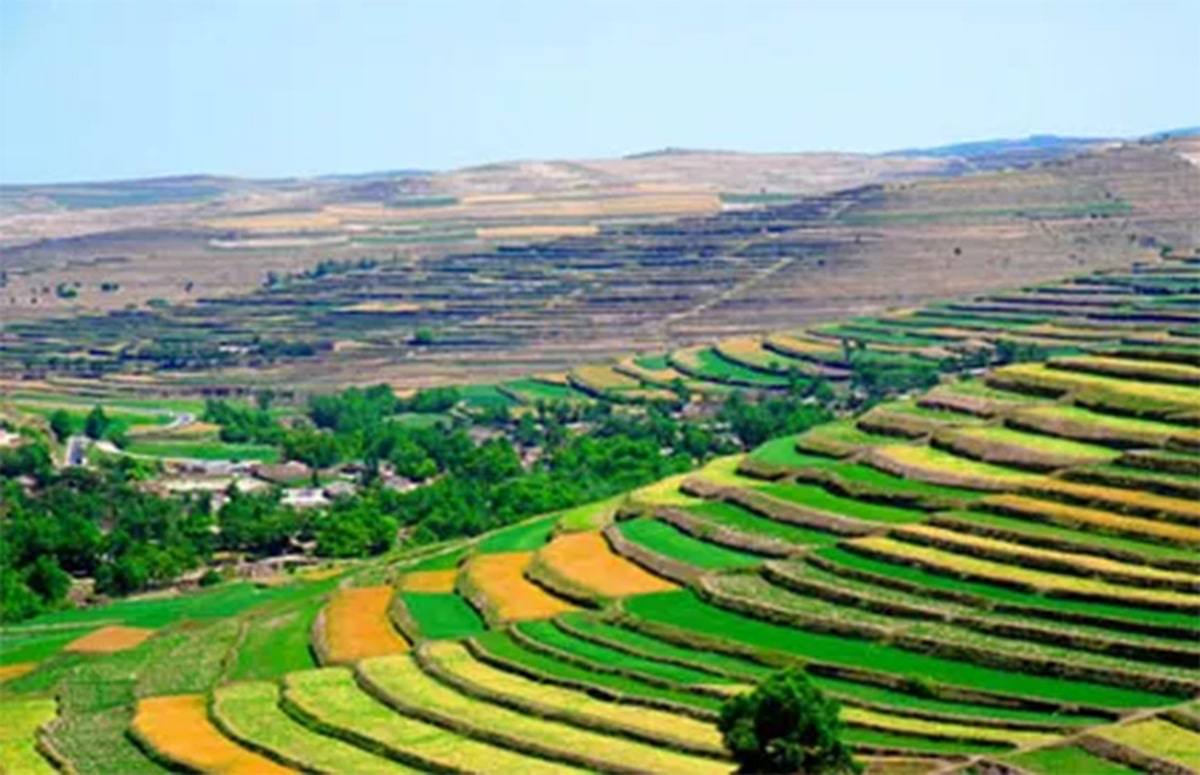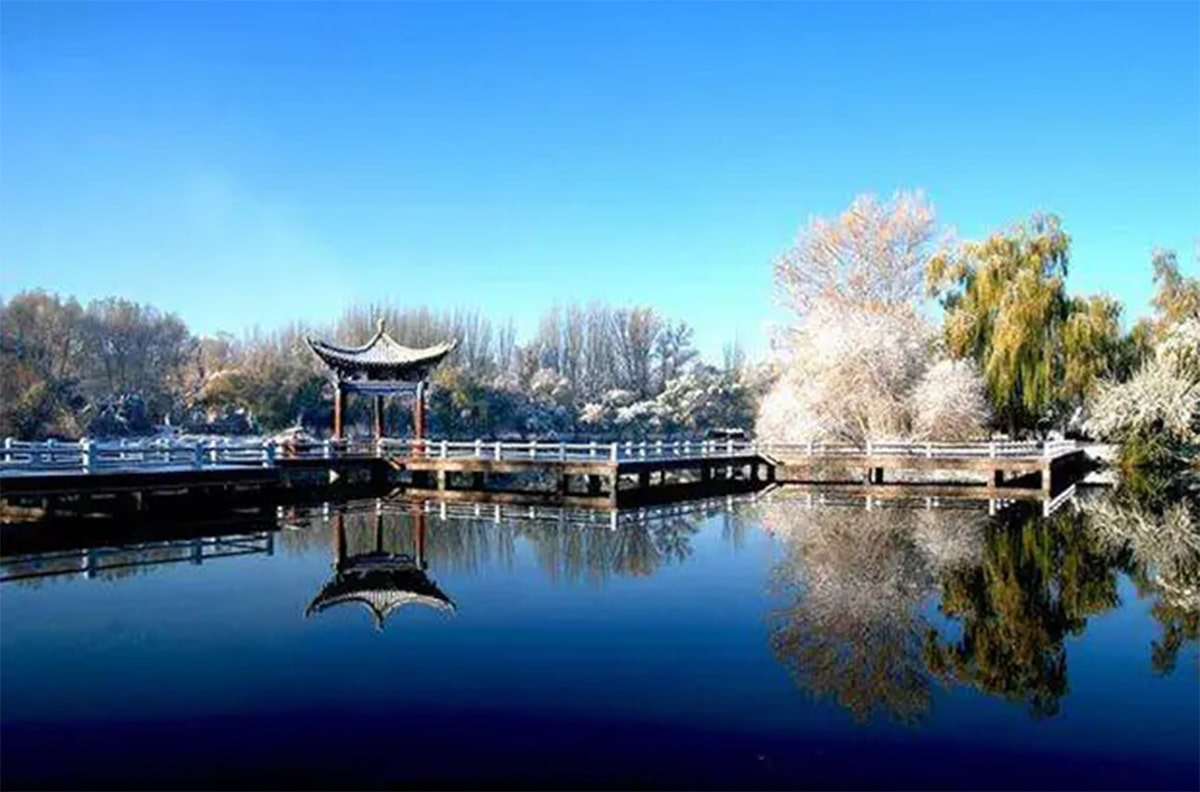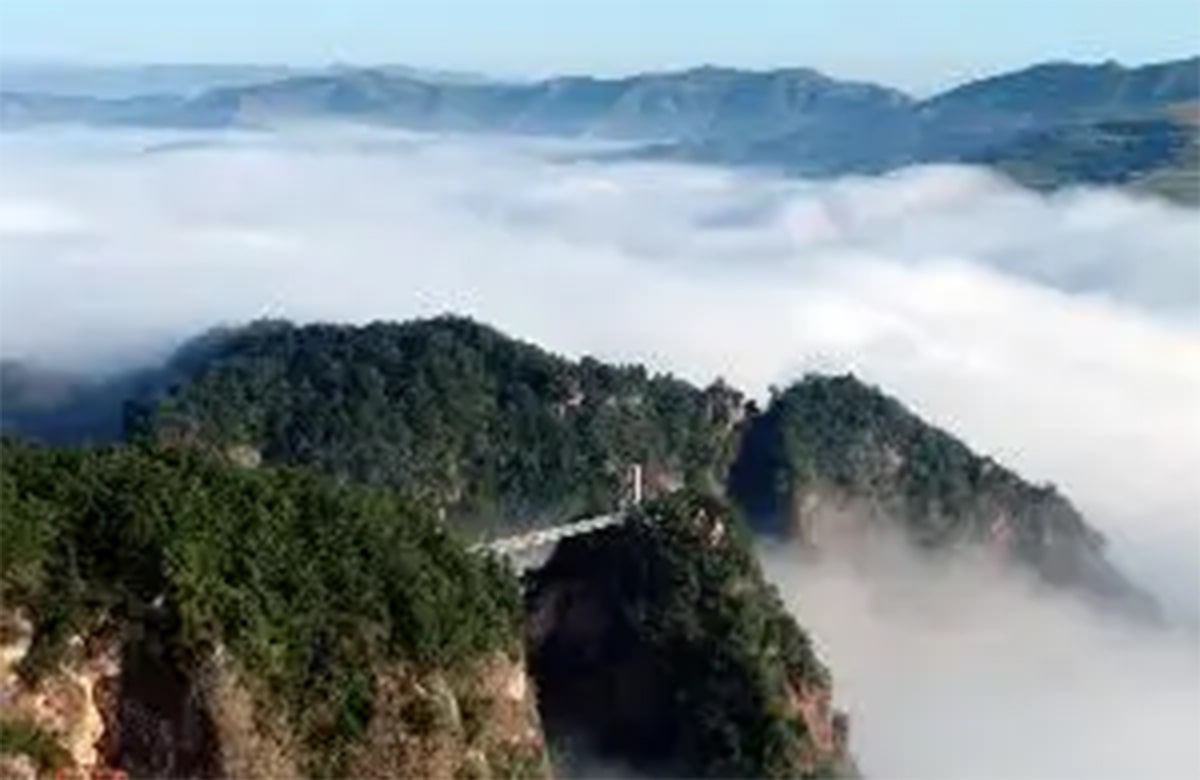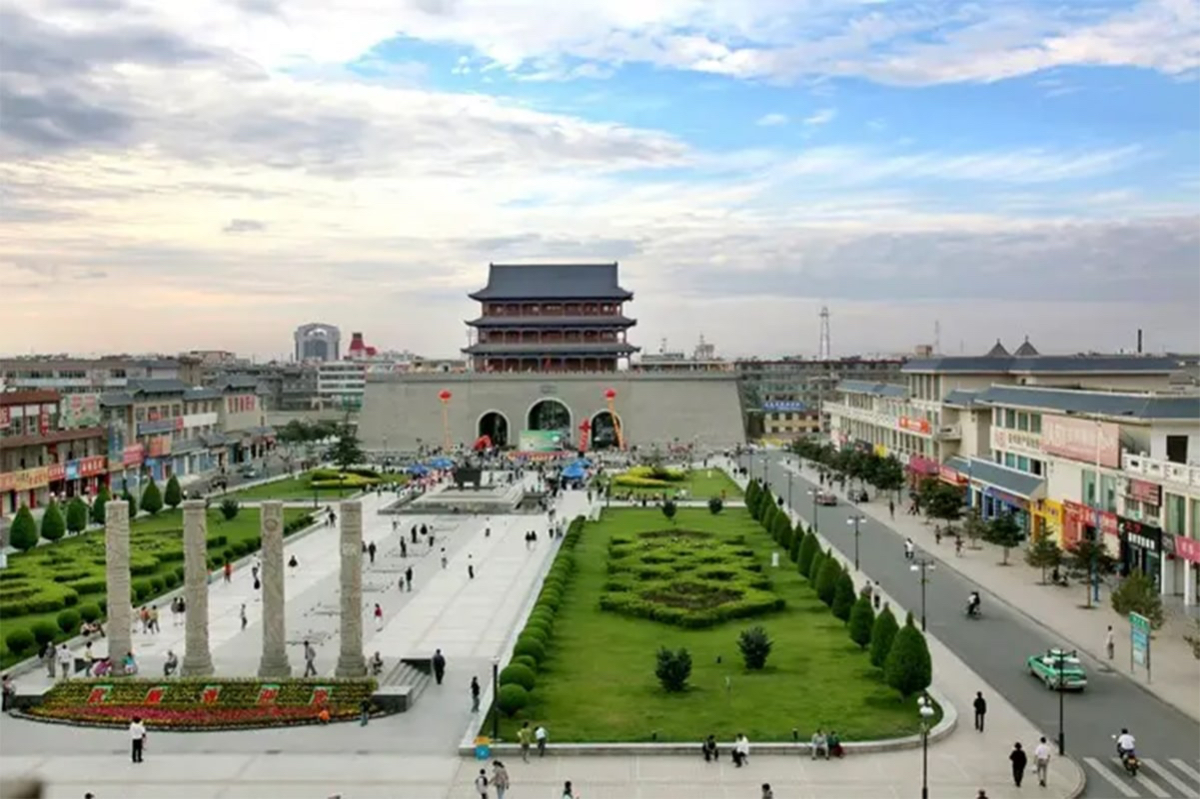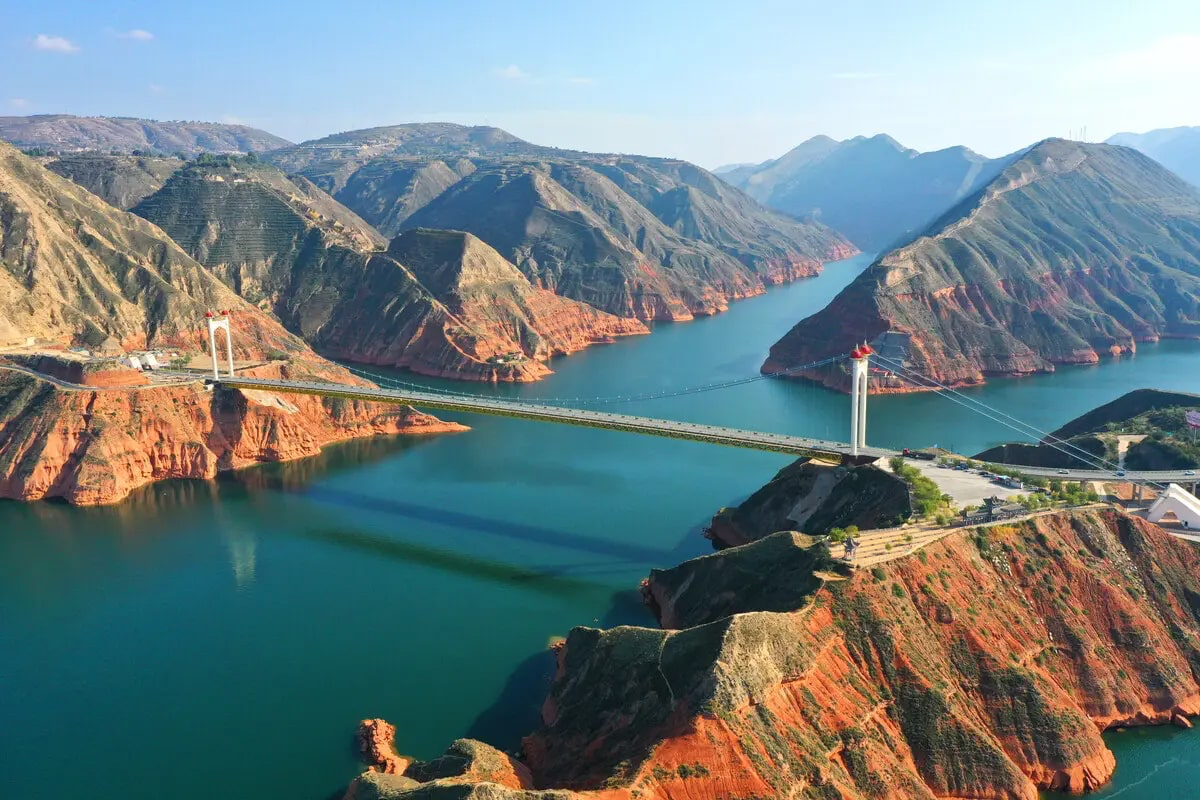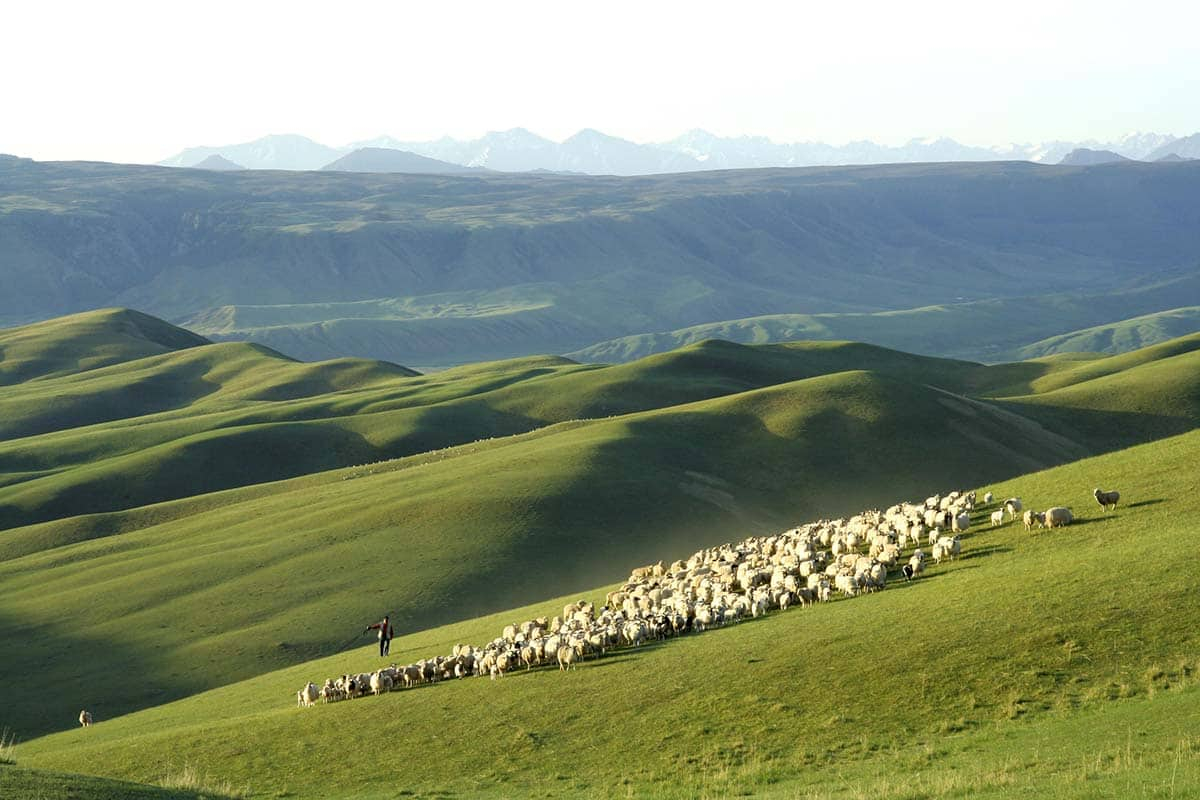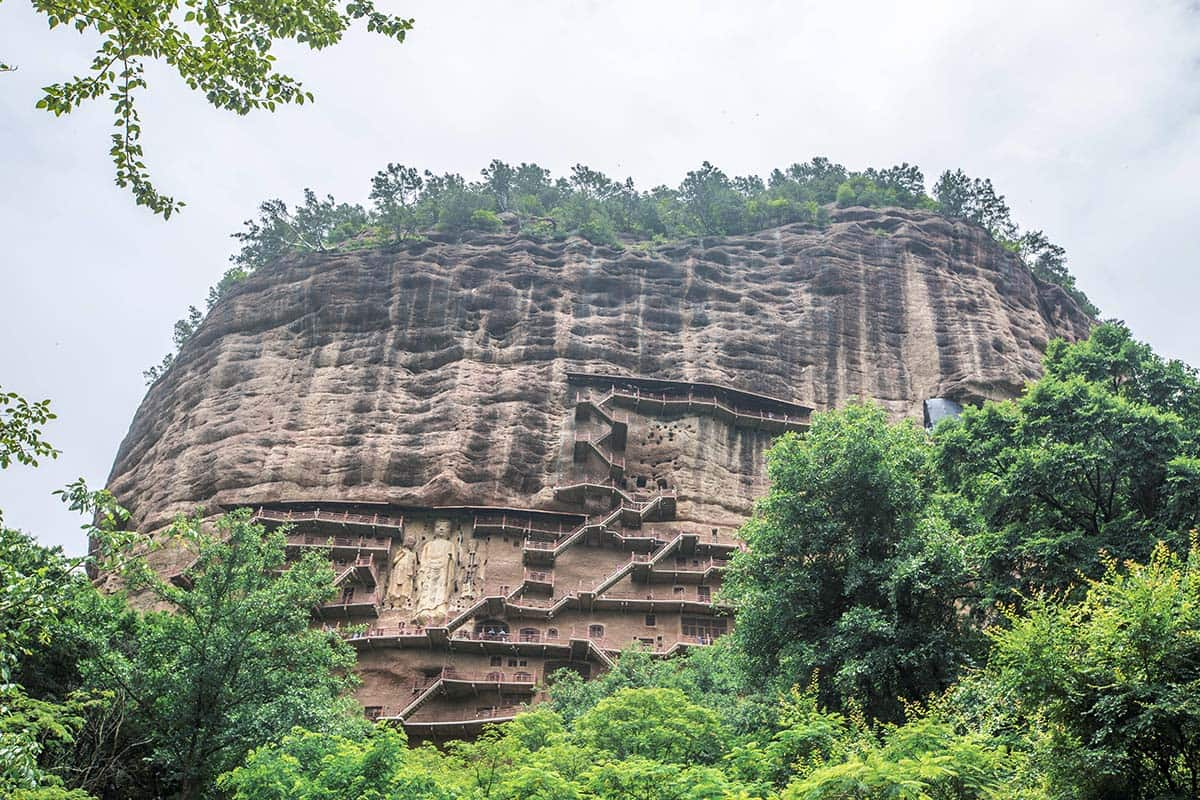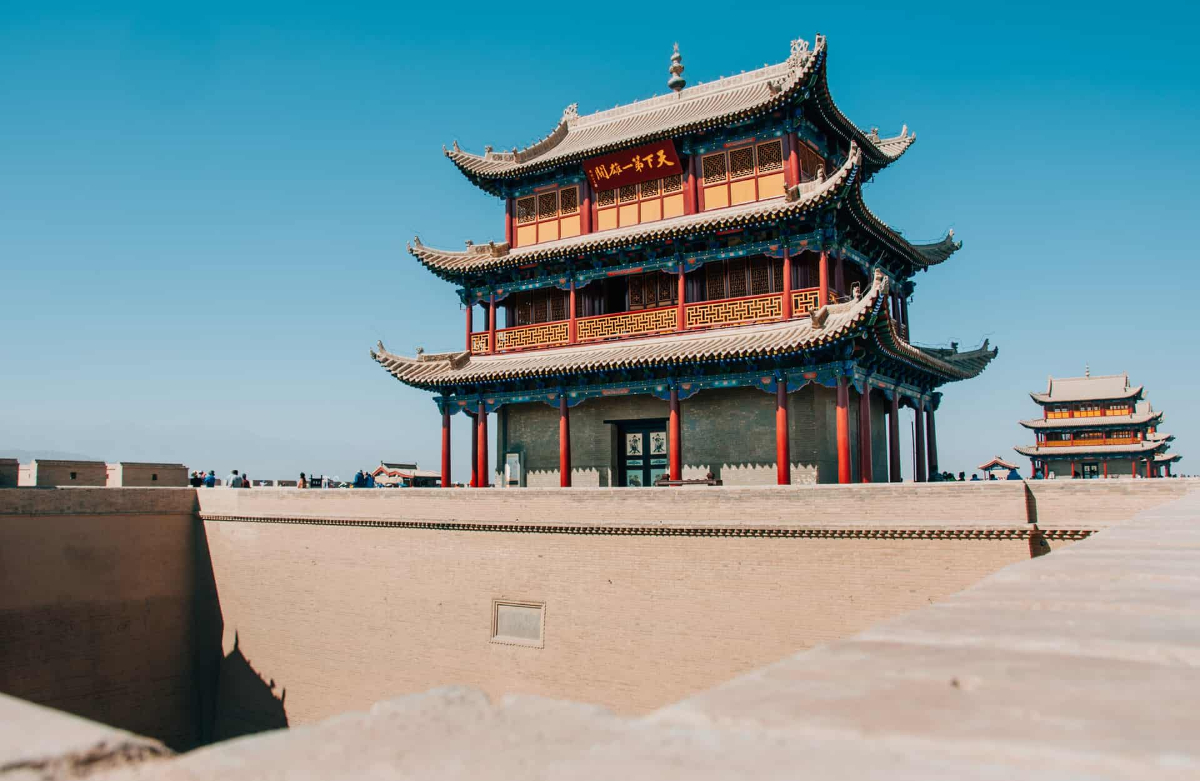Hexi Corrdior on the silk road
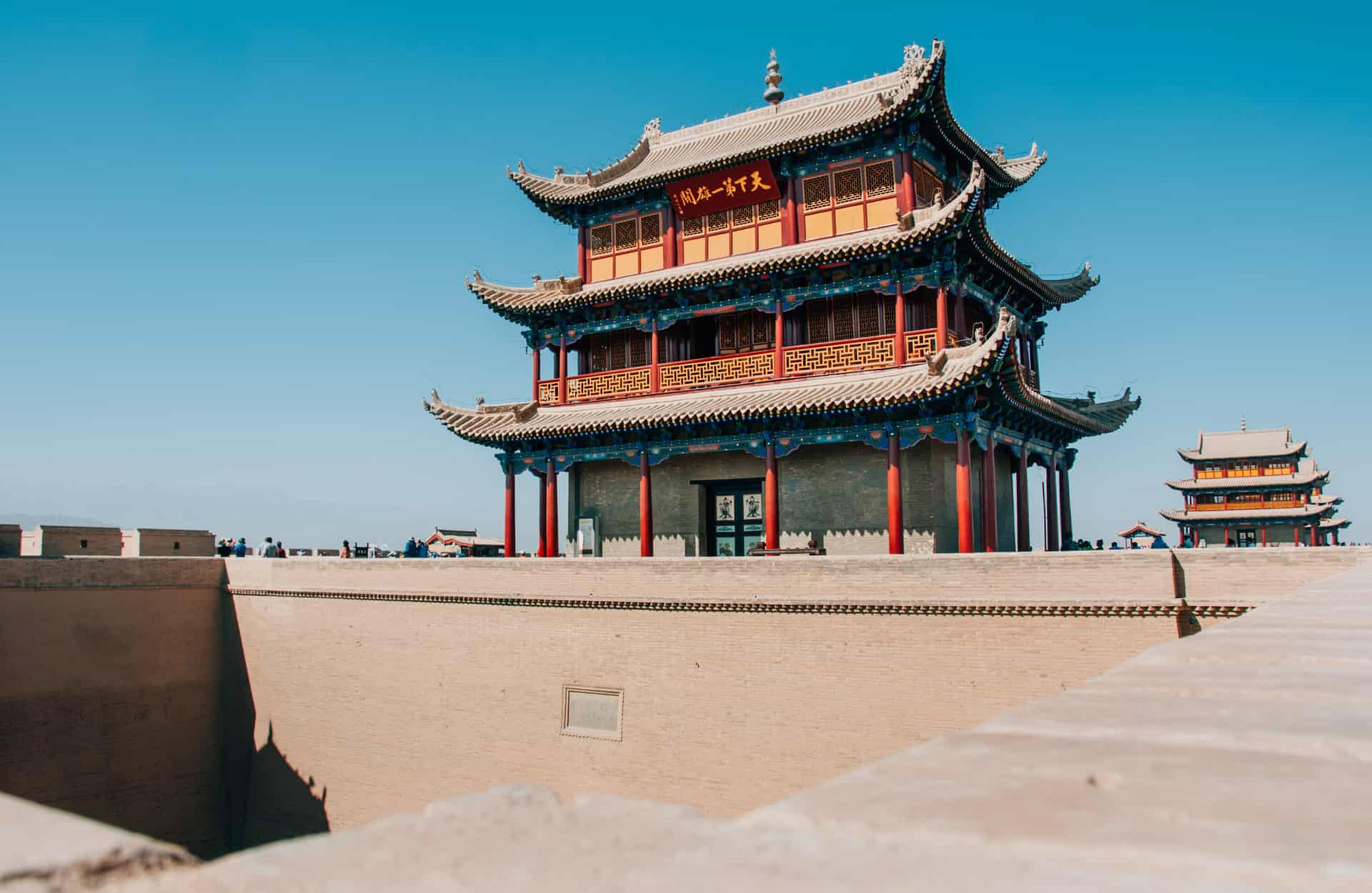
The ancient silk road started from xi 'an and crossed the Hexi corridor and then entered Xinjiang from Yang Pass and Yumen Pass respectively. The Hexi corridor became the hub of the ancient silk road, connecting the material trade and cultural exchange of the three continents of Asia, Africa and Europe. The eastern and western cultures had a mutual reaction here and accumulated a magnificent historical civilization.
Hexi corridor, or Gansu corridor, towards the west of the Yellow River, was the throat as well as the artery of the ancient silk road and a microcosm of the silk road.
The Hexi Corridor, which lasts for 1200 kilometers from steep Wushaolin hillside to Xingxingxia Gorge, at the border of Gansu and Xinjiang, is really a narrow but long stretched passage.Since ancient times, the Hexi corridor has been an artery between China and the Western Regions as well as the North Silk Road.
During the Han Dynasty, Zhang Qian who was delivered to the Western Regions twice must pass the Hexi Corridor in his whole journey. And it was the right place that Huo Qubing, a general of the Han Dynasty, driven out the huns, making the Silk Road channel unobstructed.
There are several major cities along the Hexi Corridor. In western Gansu Province is Dunhuang (Shazhou), then Yumen, then Jiayuguan, then Jiuquan (Suzhou), then Zhangye (Ganzhou) in the center, then Jinchang, then Wuwei (Liangzhou) and finally Lanzhou in the southeast.Dunhuang, Jiuquan, Zhangye and Wuwei were the primary economic, political and cultural exchange centers along the corridor.
As part of the Northern Silk Road running northwest from the western section of the ordos Loop between Yinchuan and Lanzhou, the Hexi Corridor was the most important trade route in Northwest China, linking China proper to the historic Western Regions for traders and military incursions into Central Asia.
Hexi Corridor is a string of oases along the northern edges of the Qilian Mountains and Altyn-Tagh, with the high and desolate Tibetan Plateau further to the south. To the north are the Longshou, Heli and Mazong Mountains separating it from the arid Badain Jaran Desert, Gobi Desert and the cold steppes of the Mongolian Plateau. At the western end, the route splits into three, going either north of the Tianshan Mountains or south on either side of the Tarim Basin. At the eastern end, the mountains around Lanzhou grants access to the Longxi Basin, which leads east through Mount Long along the Wei River valley into the populous Guanzhong Plain, and then into the Central Plain.
● Visit to Hexi Corridor
Nowadays, the Hexi Corridor is actually a must for Silk Road Tours. Travelers are willing to have the overall view of the gorgeous landscapes as well as enjoy the ancient civilization with long history; experience the greatness of the Great Wall as well as posts on the Silk Road.
UNESCO Mogao Grottoes in Dunhuang
A treasure house of Buddhist art, a magnificent Thousand Buhhda Caves with a history of more than 1,600 years. There are still 492 caves intact, which contain more than 45,000 square meters of historical murals, more than 2,400 colorful sculptures, and five wooden buildings in the Tang and Song dynasties. The art of Mogao Grottoes is a comprehensive art that combines architecture, color sculptures and murals. It is the largest and most preserved Buddhist art in China and the world. Listed on the World Heritage List by UNESCO in 1991
Zhangye Danxia Landform Park
It is mainly composed of red gravel, sandstone and mudstone. It is a natural scenic spot dominated by natural scenery. It is very amazing to enjoy the Sunset in Zhangye Danxia for its stunning view.The magnificent landform was selected as the sixth place of "The Seven Most Beautiful Danxia in China" by "National Beauty" China Beauty Pageant.
Jiayuguan Fortress
It is 6 kilometers southwest of Jiayuguan City. It is located in the middle of Jiayuguan's narrowest valley, on the highest mountain of Jiayu Mountain. The two walls of Chengguan cross the desert Gobi, 8 kilometers north to the Great Wall of Heishan and 7 kilometers south The first pier that connects the world is dominated by the western end of the Great Wall of the Ming Dynasty, and it has been the first entrance to Hexi since ancient times. Guancheng was built in the five years of Hongwu in the Ming Dynasty (1372). From the initial construction to the completion of a complete Guanguan, it took 168 years (1372-1539). It is more than a thousand customs under the jurisdiction of the nine towns along the Great Wall of the Ming Dynasty. The most dangerous one is still intact.
Mingsha Mountain
There is a spectacular area of natural scenery in Dunhuang: the Echoing-Sand (Mingsha) Mountains. The mountains are pale golden sand dunes dozens of meters high, covering an area roughly 40 km (25 mi) square, when the wind blows, give out a singing or drumming sound. They are part of the Kumtag Desert.
Completely piled by sands, the mountain stretches for 40 km in length and 20 km in width respectively, with the highest point reaching 250 meters. When there is wild wind, the sands will be blown up and make loud sound, while the sound sounds like being produced by some ancient musical instrument when blew by breeze, hence the name.
Pingshan Lake Valley
About 60km away from downtown Zhangye City Gansu Province, is a scenic area named Pingshan Lake Valley. It is one of the most beautiful sites among many of Zhangye’s geological attractions. The elevation of the valley varies from 1500 to 2500 meters. These lands consist of red sandstone developed between Jurassic and Cenozoic era. The landscape came in different shapes and sizes with valleys stretching 2-15 km in width. North bank of the valley is higher then the south bank. This curvaceous landscape is the product of tectonic movement and erosions caused by wind, water and chemicals.
There are many more famous sites of the ancient Silk Road and Natural Wonders are very worth to be visited besides what listed above, more wonders waiting for you to explore yourself.
- HOTEST
- RECOMMEND
